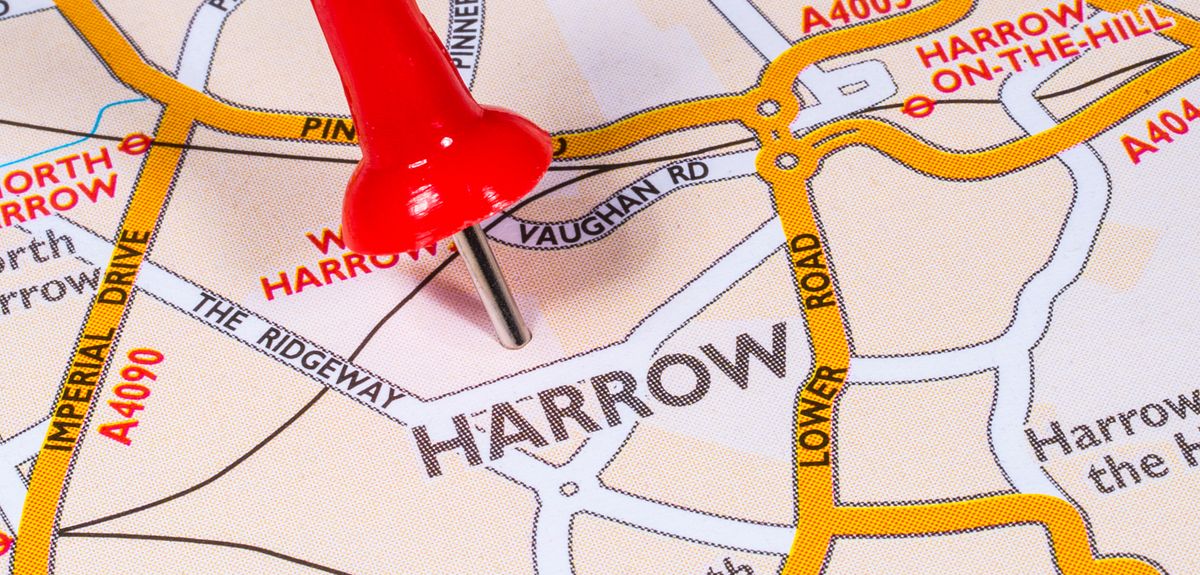
Oxford dashboard highlights potential future COVID-19 virus hotspots
Potential COVID-19 hotspots can be identified using a new online tool from Oxford University’s Leverhulme Centre for Demographic Science. It acts by highlighting which regions have the most at-risk factors and can supplement test-and-trace technology in highlighting potential future infection spikes
By combining key data of known COVID-19 vulnerabilities such as age, social deprivation, population density, ethnicity and hospital resources, the tool can show potential risks, to a granular local level, allowing policymakers to target resources effectively.
By combining key data of known COVID-19 vulnerabilities such as age, social deprivation, population density, ethnicity and hospital resources, the tool can show potential risks, to a granular local level, allowing policymakers to target resources effectively
Professor Melinda Mills, author and Director of the Leverhulme Centre for Demographic Science says, ‘With additional outbreaks and second waves, thinking not only regionally, but at much smaller scale at the neighbourhood level will be the most effective approach to stifle and contain outbreaks, particularly when a lack of track and trace is in place.
The tool can highlight vulnerable areas. It showed Harrow in London as a local area with an exceptionally high age-related risk of hospitalisations due to COVID-19. And this proved the case in practice with The Northwick Park Hospital in Harrow the first to call for a national emergency, due to a lack of capacity early on in the pandemic emergency.
The tool can highlight vulnerable areas. It showed Harrow in London as a local area with an exceptionally high age-related risk of hospitalisations due to COVID-19. And this proved the case.
Mark Verhagen, lead author of the study, says, ‘By using our online tool, policymakers would immediately have identified Harrow as a potential hotspot of hospital demand. Ensuring that local decision-makers have this type of fine-grained information available was a key goal of this study.’
According to an article published today in BMC Medicine, ‘As countries across the globe exit strict lockdown and enter the ‘new normal’ of co-existence with COVID-19, monitoring new infection hotspots will be crucial....We identify potential health care pressure points in England and Wales where expected hospitalization rates are disproportionately high and the per capita availability of hospital beds is relatively low.’
The article concludes, ‘As this pandemic continues to unfold across the world, we urgently need to consider how emerging socio-demographic risks such as social deprivation, ethnicity and population density structure spatial differences in COVID-19 severity and health care demand.’
As this pandemic continues to unfold across the world, we urgently need to consider how emerging socio-demographic risks such as social deprivation, ethnicity and population density structure spatial differences in COVID-19 severity and health care demand
Combining age, social deprivation, population density, and ethnic composition of multiple layers of data with hospital capacity, the researchers have produced online maps to identify the most at risk areas in England and Wales, which can be viewed at levels of the Administrative Region, Ceremonial County (CC), Clinical Commissioning Group (CCG) and Lower Layer Super Output Area (LSOA). Their research has shown areas such as the Isle of Wight and Lincolnshire to have some of the highest risk factors. These areas not only have older populations, but also higher levels of social deprivation.
According to the report, ‘We estimate specific pressure points where COVID-19 demand is likely to outstrip the baseline local supply. This again includes rural areas in Wales as well as the North-East and South-West of England where high expected hospitalization rates combine with relatively low bed capacity. Importantly, these areas are often more isolated and further away from alternative hospital services.’
Meanwhile, London and other inner city areas, from Birmingham to Manchester and Liverpool, are highlighted as areas of high population density and deprivation, which have potentially higher risk levels for additional outbreaks. But, although population-based hospitalisation risk tends to be lower in urban centres, some localities in cities may have higher levels of social deprivation and population density, which could counterbalance relatively low age-related risk levels. Furthermore, the online dashboard enables similar, fine-grained analysis for any region in England.
 Professor Sue Iversen (1940–2025)
Professor Sue Iversen (1940–2025)
 New study shows how AI can help prepare the world for the next pandemic
New study shows how AI can help prepare the world for the next pandemic
 Lifestyle and environmental factors affect health and ageing more than our genes
Lifestyle and environmental factors affect health and ageing more than our genes
 Lord Hague officially admitted as Oxford University’s Chancellor
Lord Hague officially admitted as Oxford University’s Chancellor
 Lord Hague's Chancellor admission speech
Lord Hague's Chancellor admission speech